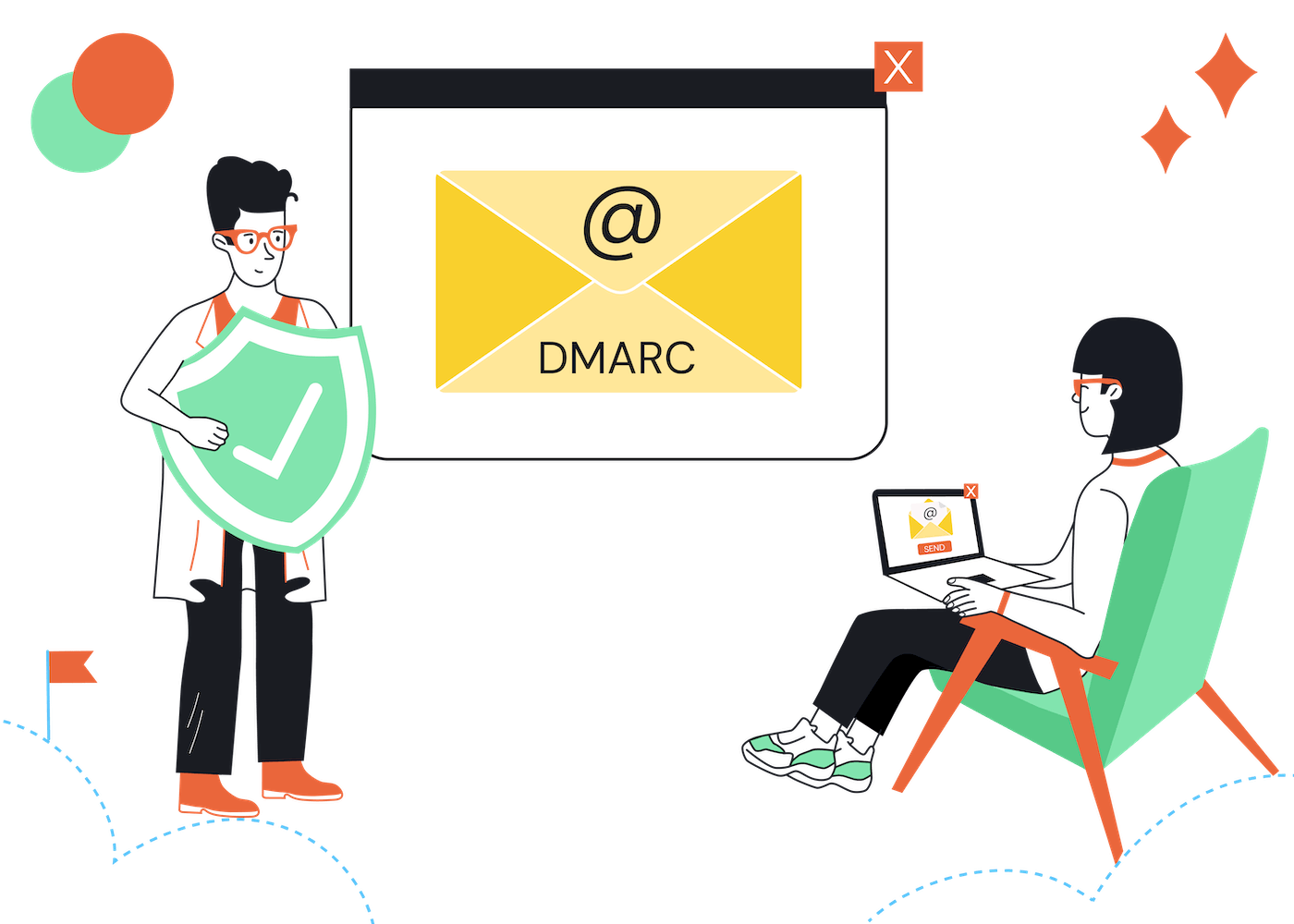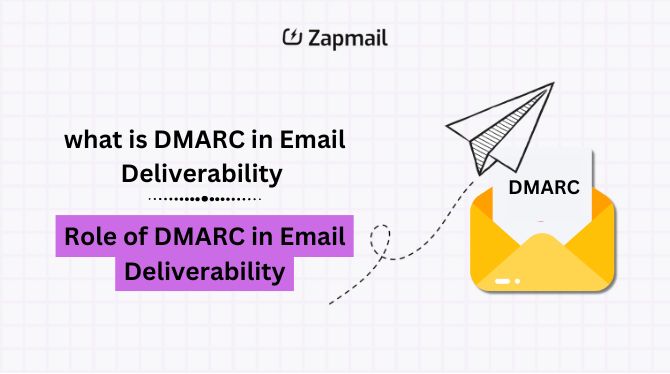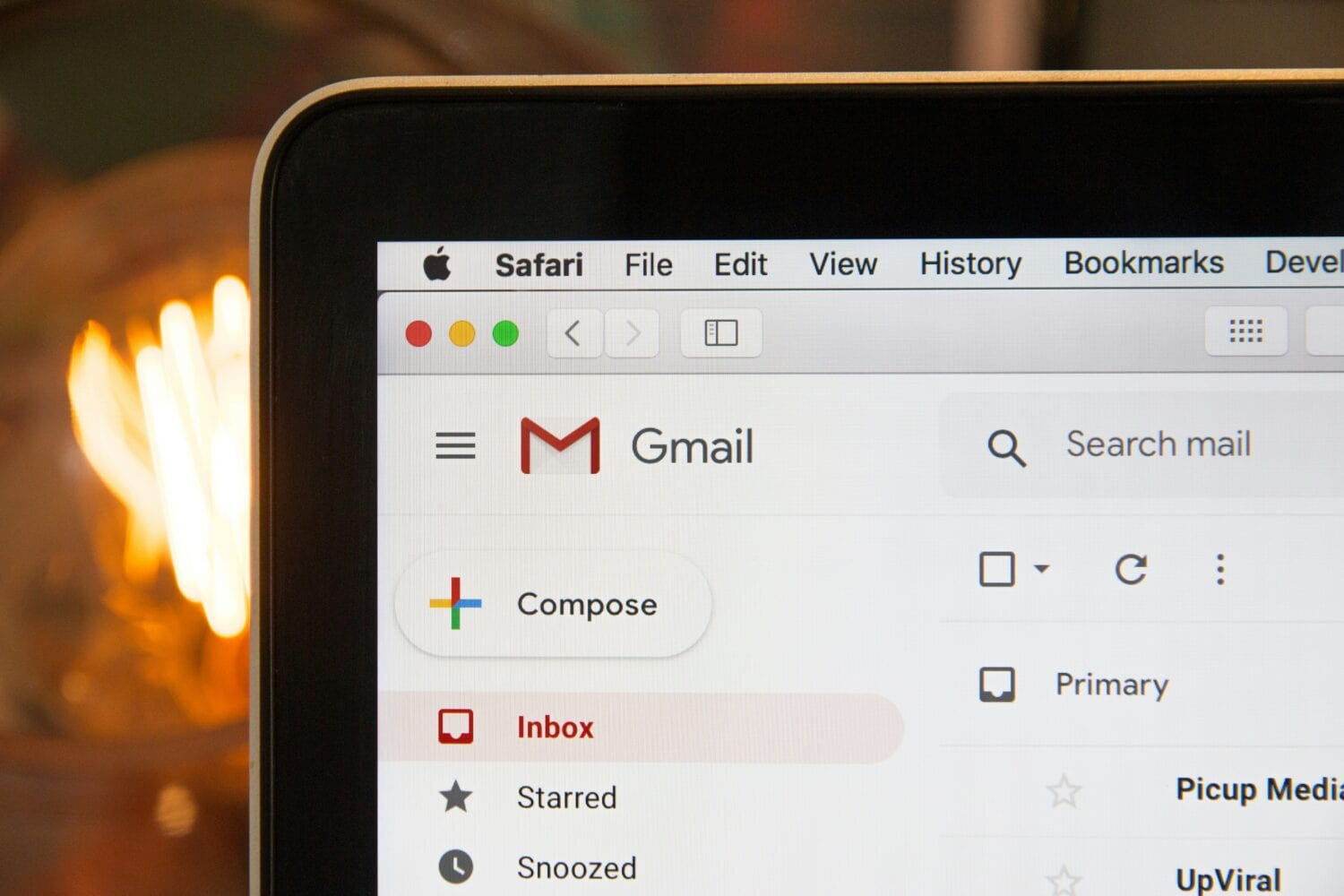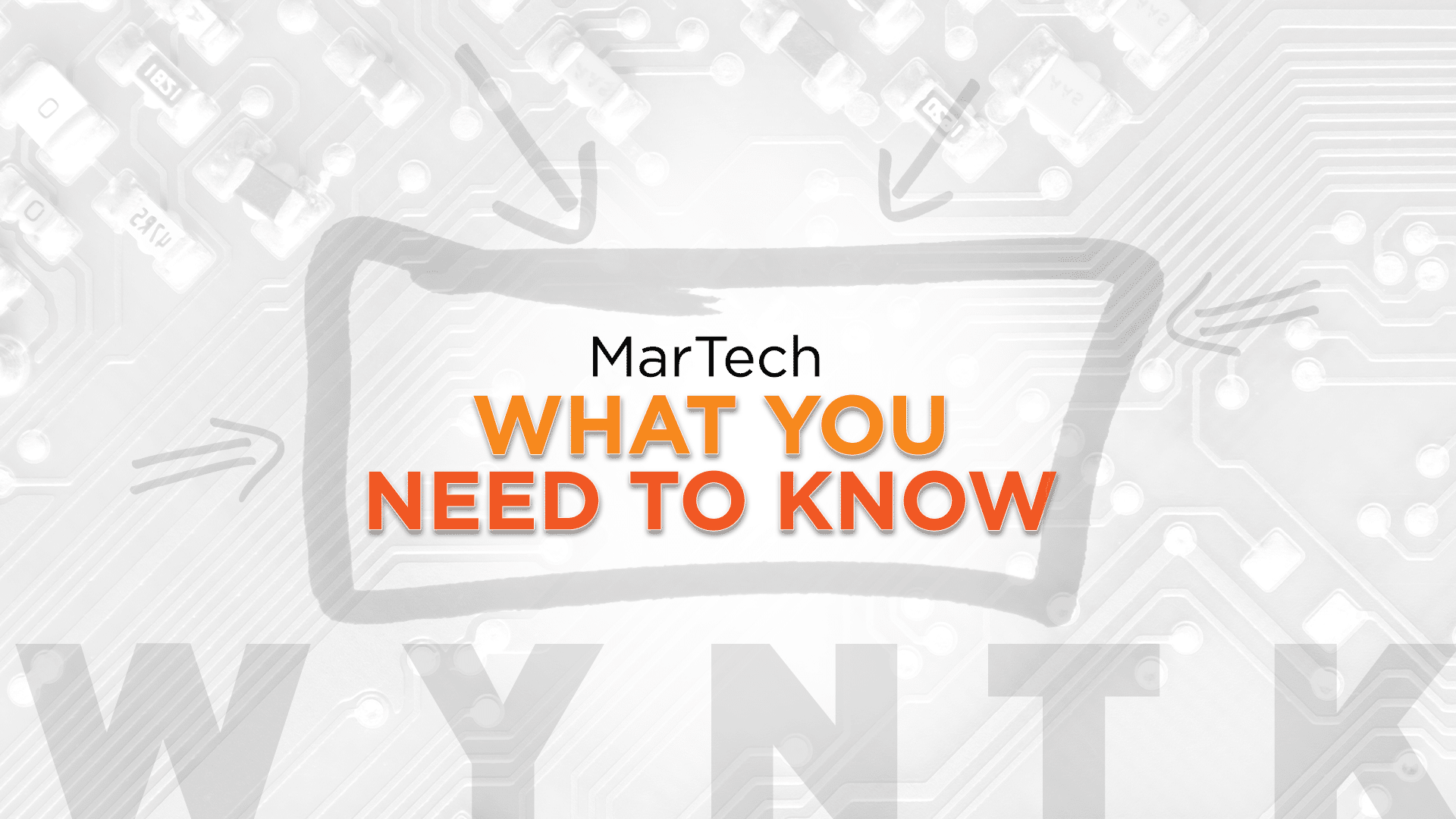Summary
DMARC (Domain-based Message Authentication, Reporting, and Conformance) is crucial for email security and deliverability. It helps protect your domain from spoofing and phishing by ensuring emails claiming to be from your domain are properly authenticated using SPF and DKIM. However, email forwarding often complicates DMARC validation, as it can break these authentication mechanisms, leading to legitimate emails failing DMARC checks. This can significantly impact deliverability, especially when a DMARC policy is set to quarantine or reject. Understanding this interaction is vital for maintaining good sender reputation and ensuring your messages reach their intended recipients.
Key findings
- Authentication breakdown: Email forwarding frequently causes SPF authentication to fail because the forwarding server's IP address doesn't match the original sender's SPF record. DKIM can also break if the message headers or body are modified during forwarding.
- DMARC policy impact: When DMARC is enforced with a p=quarantine or p=reject policy, emails that fail DMARC authentication due to forwarding may be marked as spam or rejected outright, even if they are legitimate. This is a common challenge that can lead to deliverability issues, as outlined in our guide on how to handle DMARC failures when email is forwarded.
- Trade-off between security and deliverability: While stricter DMARC policies (like p=reject) offer enhanced protection against spoofing and phishing, they inherently increase the risk of legitimate forwarded emails failing delivery. This balancing act is a significant consideration for senders.
- Limited control over forwarding: Senders have little to no control over how recipient mail servers handle forwarded emails, making it difficult to guarantee DMARC alignment once a message leaves the initial recipient's inbox.
Key considerations
- Monitoring DMARC reports: Regularly analyzing DMARC aggregate reports is essential to identify legitimate forwarded email streams that are failing authentication. This data helps in making informed decisions about DMARC policy adjustments. Our article on understanding and troubleshooting DMARC reports provides further insight.
- Phased DMARC rollout: Starting with a p=none policy (monitoring only) allows you to gather data on forwarding impacts without affecting deliverability. Gradually moving to stricter policies like quarantine or reject should only occur after thoroughly assessing these reports and addressing any identified issues. Learn more about safely transitioning your DMARC policy.
- ARC (Authenticated Received Chain): While not universally adopted, ARC is designed to preserve authentication results across forwarding hops, mitigating DMARC failures. It aims to provide a reliable way for recipient servers to validate emails that have been forwarded. For more information, you can read the Authenticated Received Chain specification.
- Subdomain strategy: Using distinct subdomains for different sending purposes (e.g., transactional, marketing) can allow for more granular DMARC policies. This approach can help isolate the impact of forwarding issues to specific types of email traffic, reducing overall deliverability risk.


















































What email marketers say
Email marketers often find themselves at a crossroads when it comes to DMARC and forwarding. While they understand the importance of DMARC for brand protection and improving overall email deliverability, the practical implications of forwarding breaking authentication pose a significant challenge. They seek ways to balance strict security policies with ensuring legitimate emails reach their audience, even when forwarded or sent via third-party services that may not perfectly align with DMARC requirements.
Key opinions
- Deliverability concerns with strict policies: Many marketers are hesitant to move to p=reject due to fears that legitimate emails, especially those being forwarded, will not land. They prioritize getting messages to the inbox over full DMARC enforcement.
- Conflicting advice: Marketers sometimes receive conflicting guidance from different sources, such as their ESPs or even major mailbox providers, regarding the optimal DMARC policy, which can be confusing and lead to uncertainty about best practices.
- Desire for granular control: There's a strong desire among marketers for more flexible DMARC policies that could apply differently to various email streams, like those sent through ESPs (e.g., Klaviyo) versus internal communications.
- Security vs. deliverability balance: Marketers acknowledge the trade-off between stopping spoofing and ensuring legitimate emails are delivered, often viewing DMARC's primary benefit as security rather than purely deliverability, though it can impact both.
- Anecdotal evidence of positive impact: Some marketers report moving to p=reject to signal good intent to ISPs and have observed anecdotal improvements in their mail stream, even without direct spoofing issues.
Key considerations
- Evaluating risk tolerance: Marketers must assess their organization's tolerance for legitimate email delivery failures against the need for strong anti-spoofing measures. A p=none policy allows monitoring without impact.
- Aligning with new requirements: With major mailbox providers like Gmail and Yahoo implementing stricter authentication requirements, marketers need to ensure their DMARC setup, including how it interacts with forwarding, meets these new standards to avoid deliverability penalties, as discussed in our guide on complying with outlook's new sender requirements.
- Domain and subdomain strategy: Considering a strategy that involves using different subdomains for various sending platforms or email types can help manage DMARC policies more effectively, isolating potential forwarding issues to specific subdomains rather than the entire primary domain.
- Monitoring third-party senders: Closely monitor DMARC reports for emails sent via third-party services, ensuring they achieve DMARC alignment, even if forwarding is not directly involved, as misconfigurations here can also cause failures.
Marketer view
Email marketer from Email Geeks notes that when a DMARC policy is moved to reject, legitimate forwarded emails might not be delivered, creating a difficult choice between security and ensuring messages land.
Marketer view
Email marketer from EmailTooltester.com emphasizes that DMARC significantly enhances email deliverability by ensuring emails are authenticated against SPF and DKIM standards, which helps prevent them from being flagged as spam.
What the experts say
Experts in email deliverability acknowledge the critical role of DMARC in authentication and brand protection, but they also emphasize the complexities it introduces, particularly concerning email forwarding. They highlight the delicate balance between enforcing strict DMARC policies for security and ensuring the deliverability of legitimate emails that may traverse forwarding paths. Their insights often focus on strategic policy implementation and the limitations of DMARC in certain common email use cases, as detailed in our guide on a simple guide to DMARC, SPF, and DKIM.
Key opinions
- Forwarding causes DMARC failures: Experts confirm that email forwarding is a primary reason for DMARC authentication failures, especially when the SPF domain remains unchanged by the forwarding server or if DKIM is broken during transit.
- DMARC policy choice is crucial: Moving to a p=reject policy will lead to the rejection of legitimate emails that fail DMARC due to forwarding, making p=none a safer initial approach for monitoring.
- Security vs. deliverability trade-off: Many experts view p=reject primarily as a security measure against spoofing rather than a direct deliverability enhancement, noting that it can sometimes hurt deliverability by blocking legitimate forwarded mail.
- Subdomains for granular control: Using distinct subdomains for different email streams (e.g., marketing vs. transactional) is advised as it allows for varied DMARC policies, which can help manage the impact of forwarding issues more effectively.
- Limitations of p=reject: Even a p=reject policy only protects against direct domain spoofing, and vulnerabilities can persist if third-party services don't allow customers to use their own domains for authentication.
Key considerations
- Careful policy application: Experts recommend not using restrictive DMARC policies (quarantine or reject) for mail that is critical to reach recipients, especially when DMARC reports show significant forwarding activity causing failures. This is a crucial step to troubleshoot DMARC failures.
- Understanding p=none: It's important to recognize that p=none is a valid and proper DMARC policy, especially during the initial phase of deployment, as it enables monitoring without affecting delivery outcomes. Read more in our simple DMARC examples.
- Leveraging ARC where possible: While not a universal solution, implementing ARC can help preserve authentication results for forwarded emails, thereby improving DMARC pass rates in environments that support it. Learn how to implement ARC.
- Proactive spoofing defense: Given the evolving nature of spoofing attacks, experts advise that proper authentication configurations combined with p=reject can be highly effective in stopping direct domain spoofing and related fraud.
Expert view
Expert from Email Geeks confirms that unexpected SPF domains and DKIM failures are indeed likely indicators of email forwarding, which often disrupts DMARC validation.
Expert view
Expert from SpamResource.com notes that DMARC is vital for maintaining good sending reputation by preventing unauthorized use of your domain, which is crucial for overall email deliverability.
What the documentation says
Official documentation and technical guides on DMARC consistently point out the inherent conflict between email forwarding and DMARC's authentication requirements. They explain how the forwarding process can inadvertently alter message paths or headers, leading to SPF and DKIM authentication failures. This, in turn, causes DMARC validation to fail, potentially impacting the deliverability of otherwise legitimate messages. The documentation often details the mechanisms behind these failures and suggests workarounds or complementary technologies like ARC.
Key findings
- SPF breaks on forwarding: Standard email forwarding, particularly simple forwarding, changes the Return-Path (envelope sender) to that of the forwarding server, causing SPF checks to fail against the original sending domain. This is a well-documented issue that often leads to DMARC non-compliance.
- DKIM modifications: While DKIM is more resilient to forwarding than SPF, changes to email headers or the body content during forwarding can invalidate the DKIM signature, leading to authentication failure. This might include adding disclaimers or altering formatting.
- Alignment requirement: DMARC requires either SPF or DKIM to pass authentication and align with the domain in the From: header. Forwarding often breaks this alignment, triggering DMARC policies set to quarantine or reject, leading to reduced deliverability, as elaborated in how DMARC policies affect email delivery.
Key considerations
- ARC as a solution: Documentation often proposes ARC as a protocol designed to explicitly carry authentication results across mail relays, allowing downstream recipients to validate a message's authenticity despite changes introduced by intermediate forwarding servers. This aims to bridge the gap in DMARC validation for forwarded emails.
- Careful policy deployment: It is widely recommended that organizations begin DMARC implementation with a p=none policy to collect data and understand the impact of forwarding on their legitimate email streams before moving to more restrictive policies. This allows for observation without impacting deliverability.
- Impact on specific services: Some technical documentation specifically addresses how DMARC policies, especially p=reject, can impact internal email deliverability when using services like G Suite aliases and forwarding, highlighting the need for careful configuration.
- Mailbox provider expectations: Recent changes by major mailbox providers, such as Gmail and Yahoo, emphasize the importance of DMARC alignment, even though forwarding continues to be a challenge. Senders are expected to manage their domain's authentication diligently to ensure messages reach the inbox.
Technical article
GoDMARC.com documentation states that email forwarding directly impacts DMARC compliance due to its reliance on SPF and DKIM. When an email is forwarded, the original sender's SPF record often fails validation because the forwarding server's IP address doesn't match.
Technical article
Microsoft TechCommunity documentation acknowledges that email forwarding has long been known to break DMARC, a problem that is often overlooked if separate DKIM or SPF validation is maintained without full DMARC alignment.
Related resources
15 resources
Related pages
How do email forwarding and DMARC policies affect email delivery and reporting?
How to handle DMARC failures when email is forwarded by recipients?
How to implement ARC (Authenticated Received Chain) and how does it affect DMARC failures from forwarding?
A simple guide to DMARC, SPF, and DKIM
Simple DMARC examples: how to start with a p=none policy
Email Deliverability Issues: Getting Your Messages to the Inbox in 2025
How to comply with outlook's new sender requirements
How to safely transition your DMARC policy to quarantine or reject
The benefits of implementing DMARC
Does implementing DMARC improve email deliverability and is DMARC p=none policy useful?











